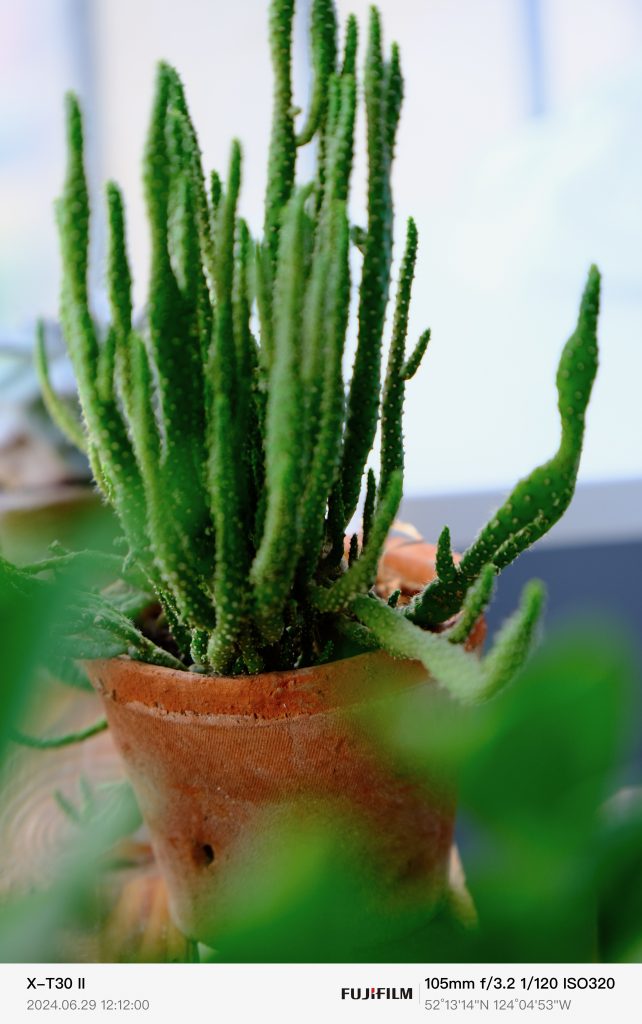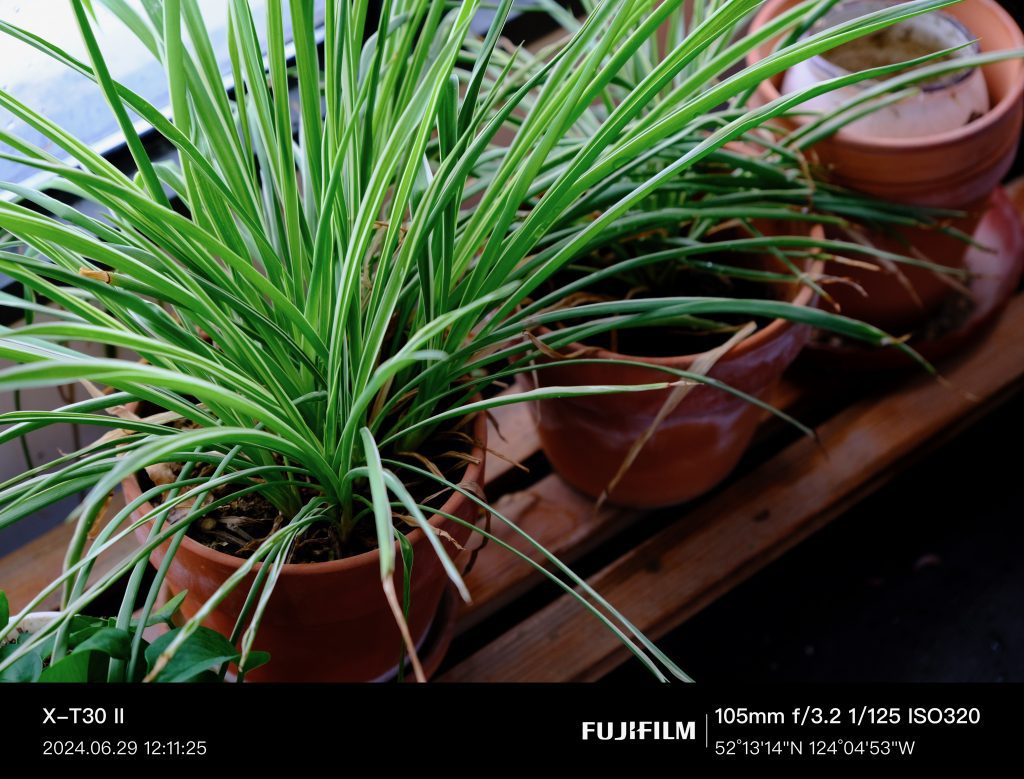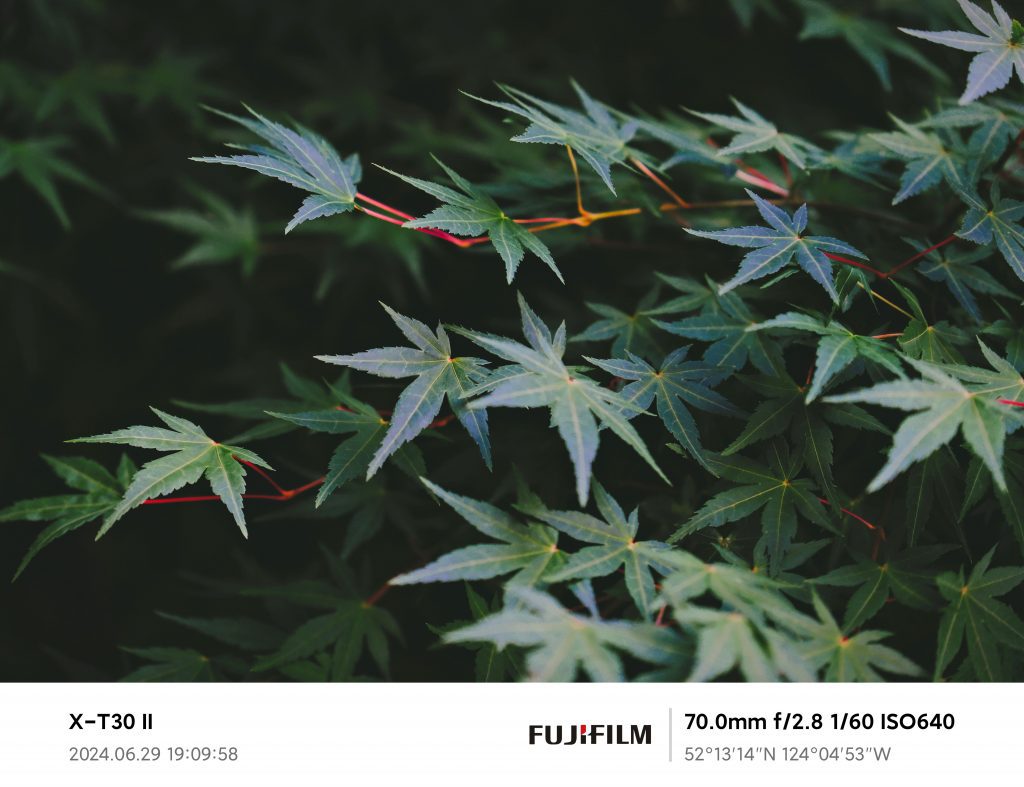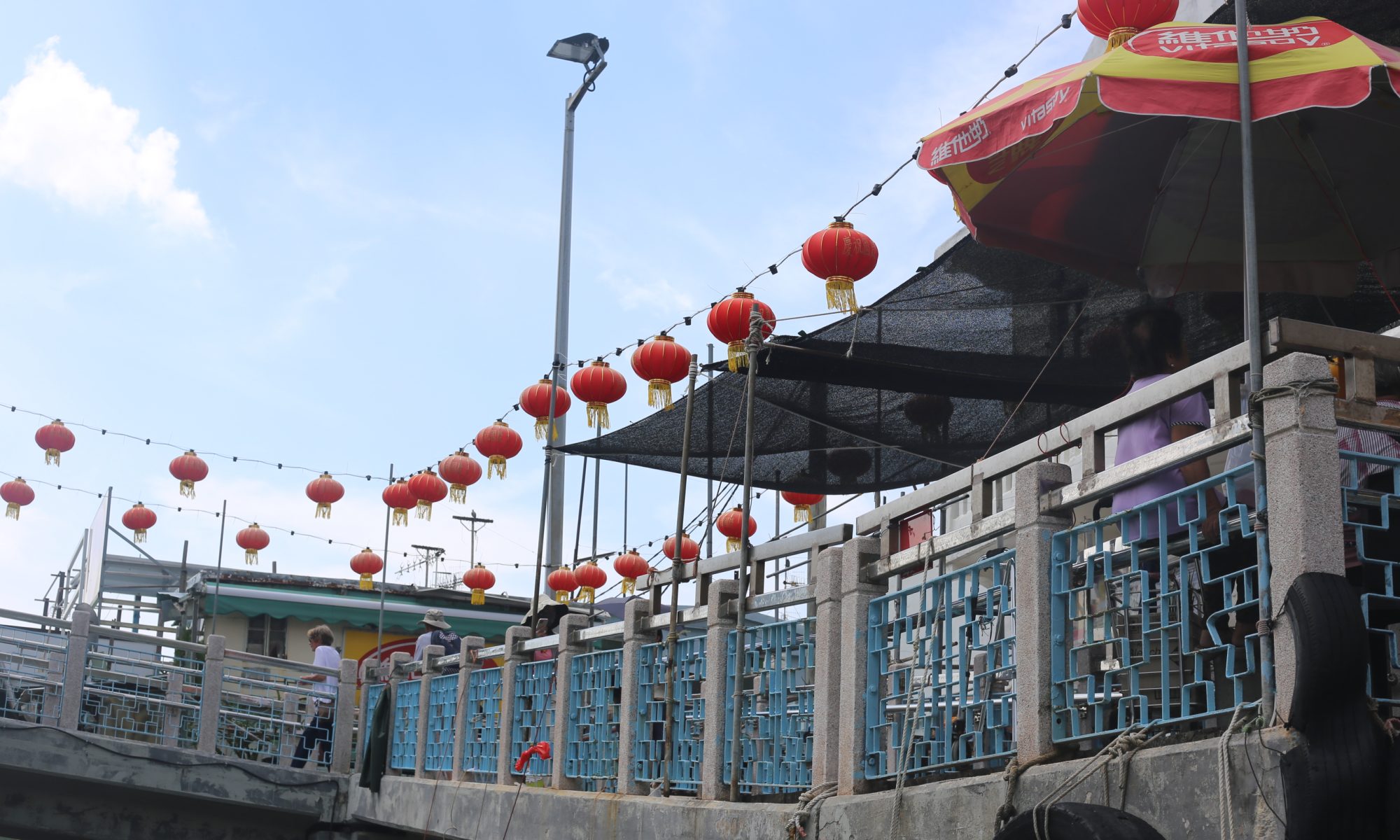The f2.8 aperture zoom lens that Tamron produced for Fujifilm’s X mount provides more choices for Fujifilm users with newly added feature of optical image stabilisation, which is crucial for cameras without IBIS (in-body image stabilisation) to perform well in low light. Equivalently, the 17-70 focal lengths on an APS-Cropped camera correspond with 24-105mm on a full-frame camera. The Fujinon XC 15-45mm F3.5-5.6 OIS PZ that comes in package with many Fujifilm cameras also provides excellent hand-held shooting experience with great image quality and sharpness but underperforms in low light settings as its aperture is comparatively small, requiring users to take full use of various lighting strategies in order to gain satisfactory results. Given that prestigious Fujinon X lenses are often pricey and out-of-stock, and a XF 16-55mm F2.8 R LM WR lens costs about 7500 yuan or more, the Tamron zoom lens for Fujifilm would essentially be providing good shooting range with good optical image stabilisation, which, according to Tamron, is called vibration compensation (VC), to fulfill your daily photographic needs.
Sample Gallery




I purchased the Tamron zoom lens for my newly acquired Fujifilm camera that doesn’t have IBIS and the reason I am backing to Fujifilm is that I miss my tiny but lovely X-A7 camera that I have given to my friend when I didn’t realize how valuable Fujifilm cams have now become (now I regretted my having handed down that good Fujifilm camera to my friends).
Due to rainy conditions outside, the overall natural light that comes inside my apartment is quite limited so that photos I took with the Tamron lens is relatively greyish. My perfect and favorite focal lengths fall within 50 to 150 millimeters so this zoom lens relatively covers what I need for portraiture to streets photography.




